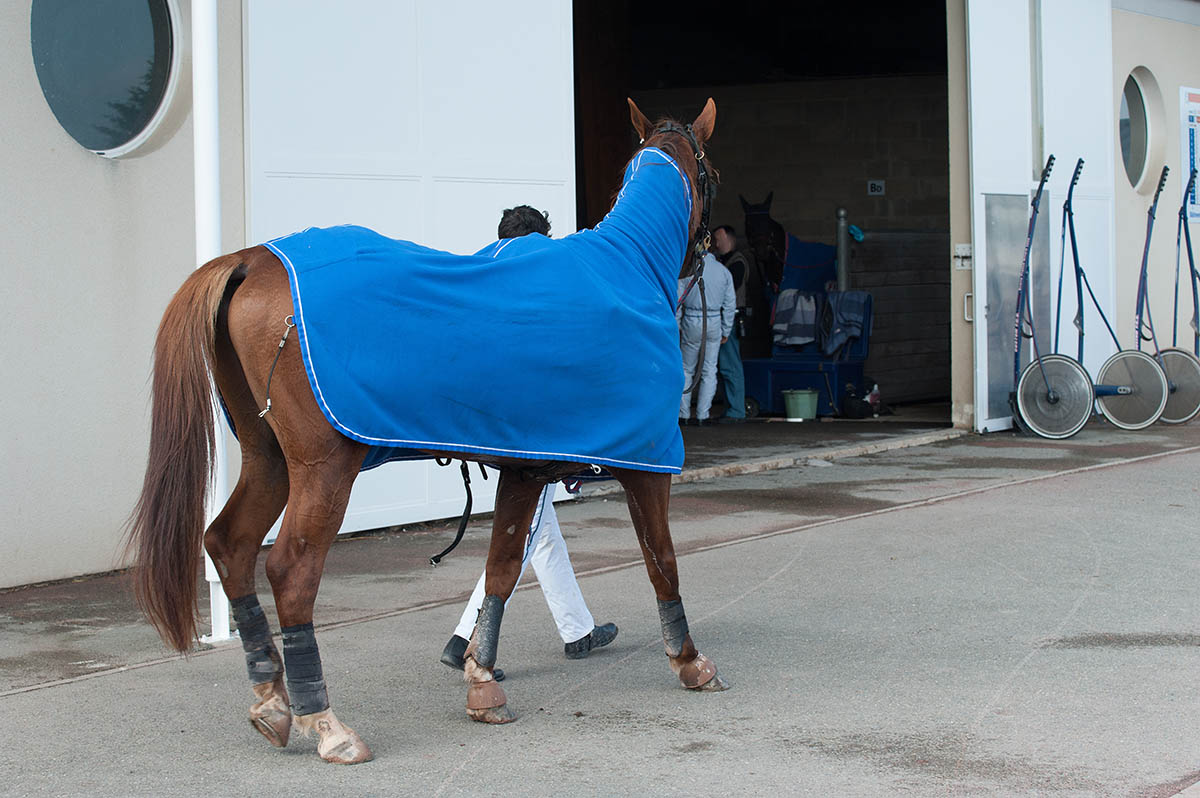Many riders are not sure whether they should use rug covers to shield their horses from the colder temperatures. Some riders assume that horse rugs are not needed and should not be utilized. This is justified by the adequate thermal protection provided by the hair of the horse. Since horses in nature do great without blankets, don’t you think? The other group of riders, on the other hand believes that the use of blankets as a necessity, and covers their horses in blankets at every possibility. Both groups are partially correct, but the most effective method of blankets is to pick the known as “Golden means”.
Horses in nature have done well without blankets for centuries. The current sport horses have been brave enough to withstand frosts and other extreme weather conditions. However, it is difficult to compare them to their wild ancestral ancestors. The horses in the sport are kept in warm stalls. The horse may also be outside in the riding area. This means the horse is often exposed to extreme temperatures. Corks are also used to protect horses from cold temperatures. However, it is important not to overprotect the horse in any case. It is easy to overheat the animal’s body. So, be cautious with the blankets.
What type of rug should be used for horses?
The rug should only be used for horses that have impaired self-regulation as we’ve already discussed. The rug is recommended for this purpose during paddocking or training or even when the horse is unheated. It is important to dry your horse with a rug after training. But care must be taken that the rug doesn’t remain in the horse’s tether for too long, as it may cause overheating. Another reason it is worth remembering about the need for rugs is to help maintain the level of a proper body temperature in horses suffering from the condition or older horses that aren’t able to keep a proper body temperature as effectively as in healthy and younger animals. In some instances, horses are transferred to a different climate than the one where they originally resided. Horses may not be able keep their body temperature stable in places with warmer temperatures than their destination. If you are using rugs on horses that are not cut and whose body is functioning correctly be aware that if we begin to use rugs in winter, we cannot stop them until they get warm. The rug’s insulation layer becomes an everyday part of the body of the animal and it is impossible to stop it from being used in winter. The horse’s body is accustomed to the the rug and no longer needs to generate as much heat as before. Every change needs time to ensure that the body’s response is correct. If you do not use the rug when it is frosty, the horse will be exposed to extreme cooling, and all the consequences that come with it.
How to choose the right horse rug?
There are many blankets available on the market today to meet the needs of different people. A wide range of rugs can be found at Equishop.com. Many owners put blankets on to help keep their pets clean. There are some things to consider when buying a rug. The first is to determine if the rug is truly essential in our situation. After that, take measurements of your horse so the rug fits properly. This has a huge impact on the ease of the use as well as the appearance of the winter coat, which is smooth and shiny with an appropriate rug. Don’t forget that the rug should completely cover the horse’s belly. Insufficiently tight, it can cause abrasions on the horse. It is essential to be particularly attentive to rugs lined with delicate materials. This shields the horse from cuts and abrasions. You must secure all of the stripes of the rug to the horse’s abdomen. It is important to choose the appropriate amount of force to secure the straps to ensure that the horse cannot entangle his legs in loose pieces of the rug when it lies down. First the rug needs to be adapted to suit its intended use. Rugs are commonly used for transport and stables, drying in the summer, winter, rain, insect, and other temporary uses. When purchasing a rug of a given type, one should be guided by the quality of the workmanship and the materials used.
- Stable rugs’ main task is to protect the body of the animal against temperatures that drop during its period of time spent in the stable. Stable rugs typically have an insulating layer of 200-400 grams. Often this type of blanket comes with an additional neck part.
- Sweat rugs are constructed of a material that absorbs moisture well. Their task is to help dry the horse after training. The rugs should not be worn until the horse’s coat has dried to a satisfactory degree.
- Paddock rugs’ function is to protect the horse against the negative effects of the weather while they are outside. They are more durable and constructed out of waterproof material. They are also capable of connecting an cover.
- Liners / underrug are used to improve the insulation properties of the rug currently in use. It is placed under the existing rug. Anti-tails rug – anti-tails carpets are beneficial on hot days when the horse is exposed to bites from insects.
- Anti-fly rugs are usually made of a breathable material that shields from UV radiation and shields the horse’s skin from bites.
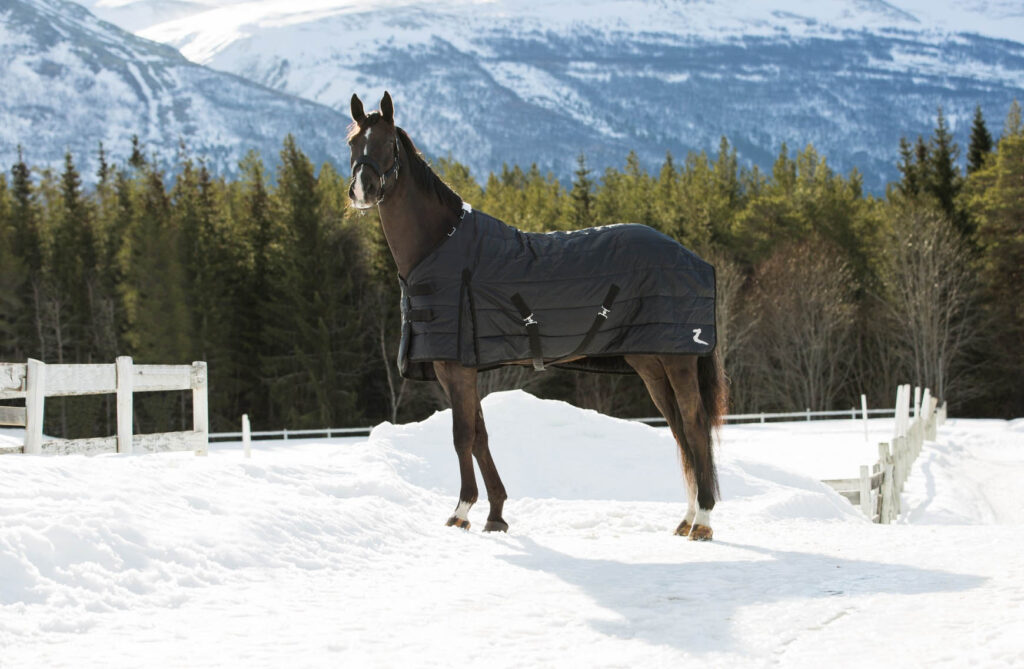
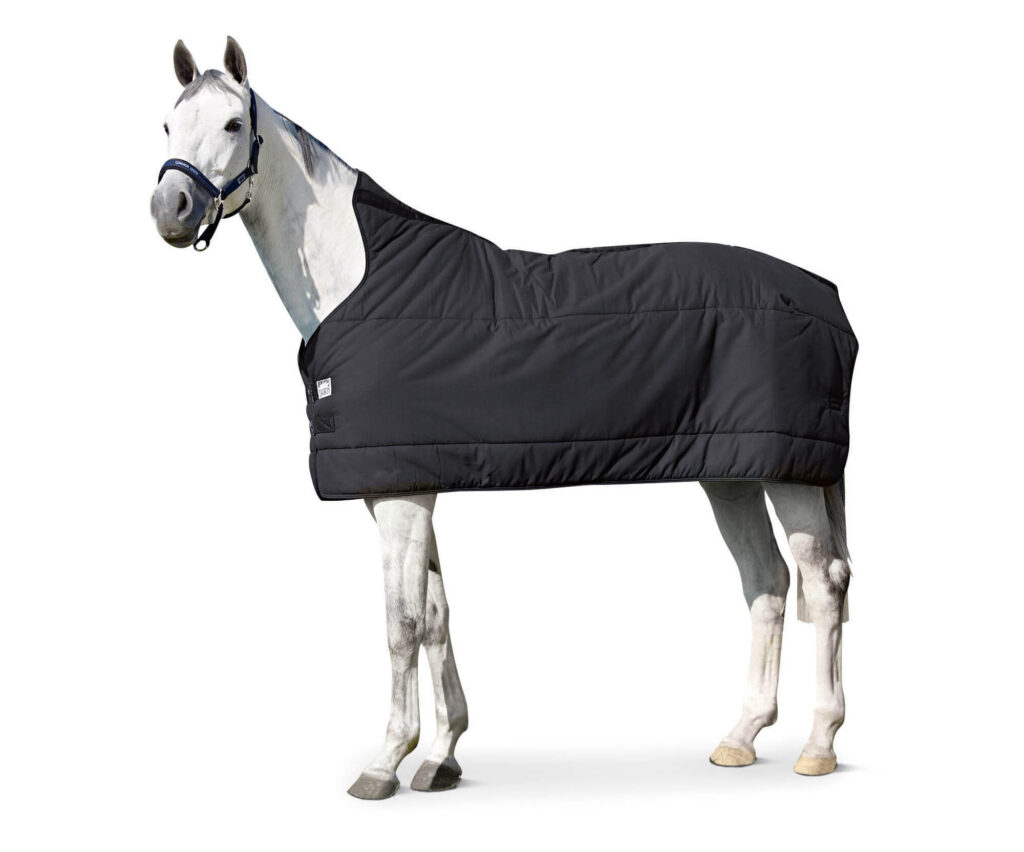
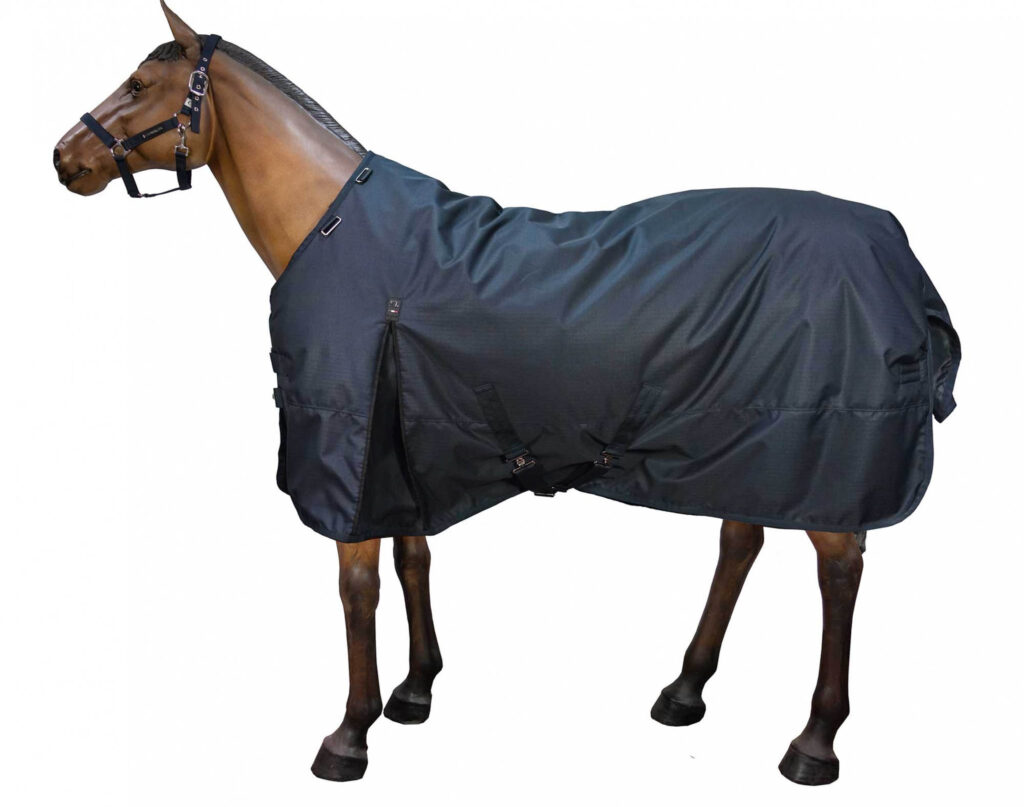
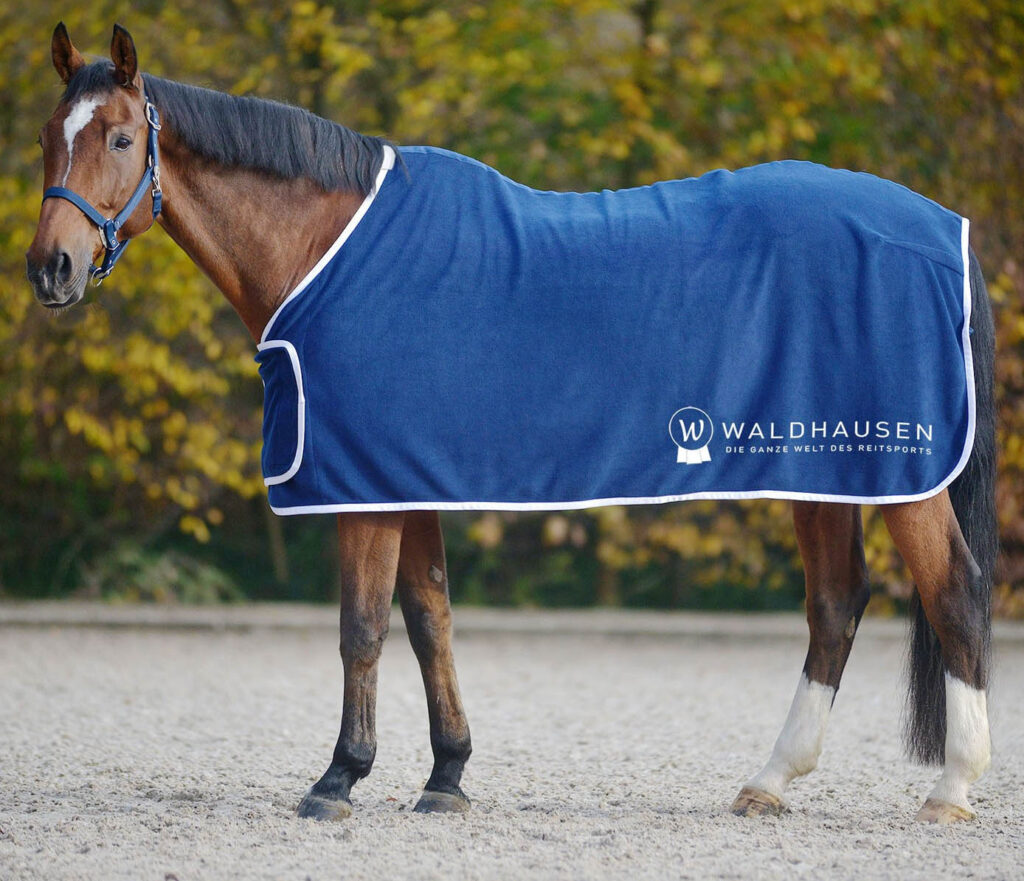

It is essential that the rug is constructed of a non-absorbent and durable material that allows air to circulate. Rugs are an essential part of the horse’s accessories that is why we should not save money and should put money into the model of the company. Kingsland as well as Eskadron are the leaders in the market for top-quality carpets on the market for equestrian accessories. Also, you should alter the rug to the conditions of the weather. If the temperature fluctuates daily by approximately. If the daily temperature difference is more than 20 degrees Celsius the time is now to change the rug for one that is thicker. The last thing we must not forget is that following exercise the horse should cool down and dry out without a rug, and the rug placed on it later should be water-permeable to allow the moisture that remains from the horse’s skin to be released into the surrounding. As you can see, blankets aren’t essential for all horses. They will not harm them so long as the rug is appropriate to the environment and the horse’s dimensions.

